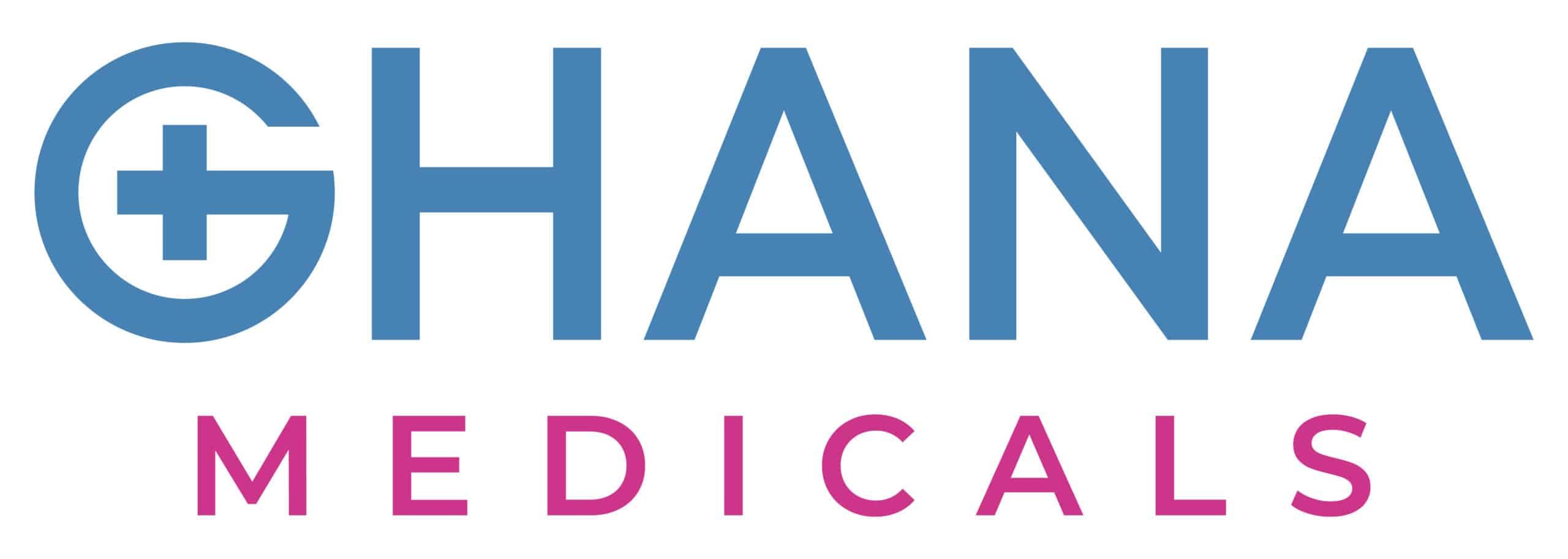WHO is constantly working to provide better methods of eliminating the risk of the many dangerous STDs, especially in countries where the risk is at its peak, with Africa being one of them. Because of the high HIV rates, among other STDs in Africa, the WHO have decided on new guidelines that are believed to help reduce the HIV prevalence, not only in Africa but worldwide as well.
WHO has released new guidelines for HIV testing
WHO (World Health Organization) has released new guidelines for improved and more accurate HIV testing as well as better treatment coverage for people all around the world, but with a special focus on Africa where the HIV prevalence has especially high. In Africa alone, there have been approximately 23.8 million people living with HIV. About 91% of the children affected with HIV on an international level have been living in Africa.
Luckily, since things have been taken more seriously, from 2010 to 2018, we have seen a major decline in the HIV rates in Africa. From 2010 to 2018, the new HIV infection rate has declined by 28% in eastern and southern Africa. The decline has happened thanks to the expanded HIV treatment that has been made more available to the people living in this country, as well as thanks to the many campaigns that have aimed to increase their awareness.
In the spirit of World AIDS Day on December 1 and the International Conference on AIDS and Sexually Transmitted Infections in Africa (ICASA 2019), WHO has released new guidelines that are meant to increase the effectiveness of HIV testing and treatment and accomplish an even greater decline in the HIV rates.
The new guidelines established by WHO now include:
- Using three consecutive reactive tests to provide an accurate HIV diagnosis as compared to the two consecutive reactive tests that most high burden centuries, such as Africa, have been using so far. This new guideline has been thought to make a huge difference in providing a diagnosis that characterizes itself with maximum accuracy;
- Extending the accessibility of self-tests, not only for HIV, but also for most STDs such as Gonorrhea, Syphilis, and Hepatitis. With the possibility of doing a self-test at home, there is a higher chance that the high-risk individuals will regularly do check-ups and ask for help in the presence of a positive result;
- Using social media platforms to increase awareness about HIV and proper testing that can potentially save the lives of high-risk individuals;
- Providing rapid tests as an alternative to the previously used laboratory tests that cost more money and take longer. Rapid tests, as the term suggests, can deliver accurate results in 2-3 weeks, while costing a lot less, making testing more affordable for the high burden centuries and their residents;
- Using HIV/Syphilis dual testing that can eliminate the chance for a mother-to-child transmission to happen.
Conclusion
The new guidelines provided by WHO are designed to cause an even further decline in the HIV and STD rates among people worldwide, with a certain focus on Africa as one of the countries where the rates of the common STDs and HIV are especially high. It is believed that the new guidelines will make testing and treating the common STDs easier for the people living in high burden countries and with that, gradually reduce these rates.
References
https://www.dosomething.org/us/facts/11-facts-about-hiv-africa#fnref1

